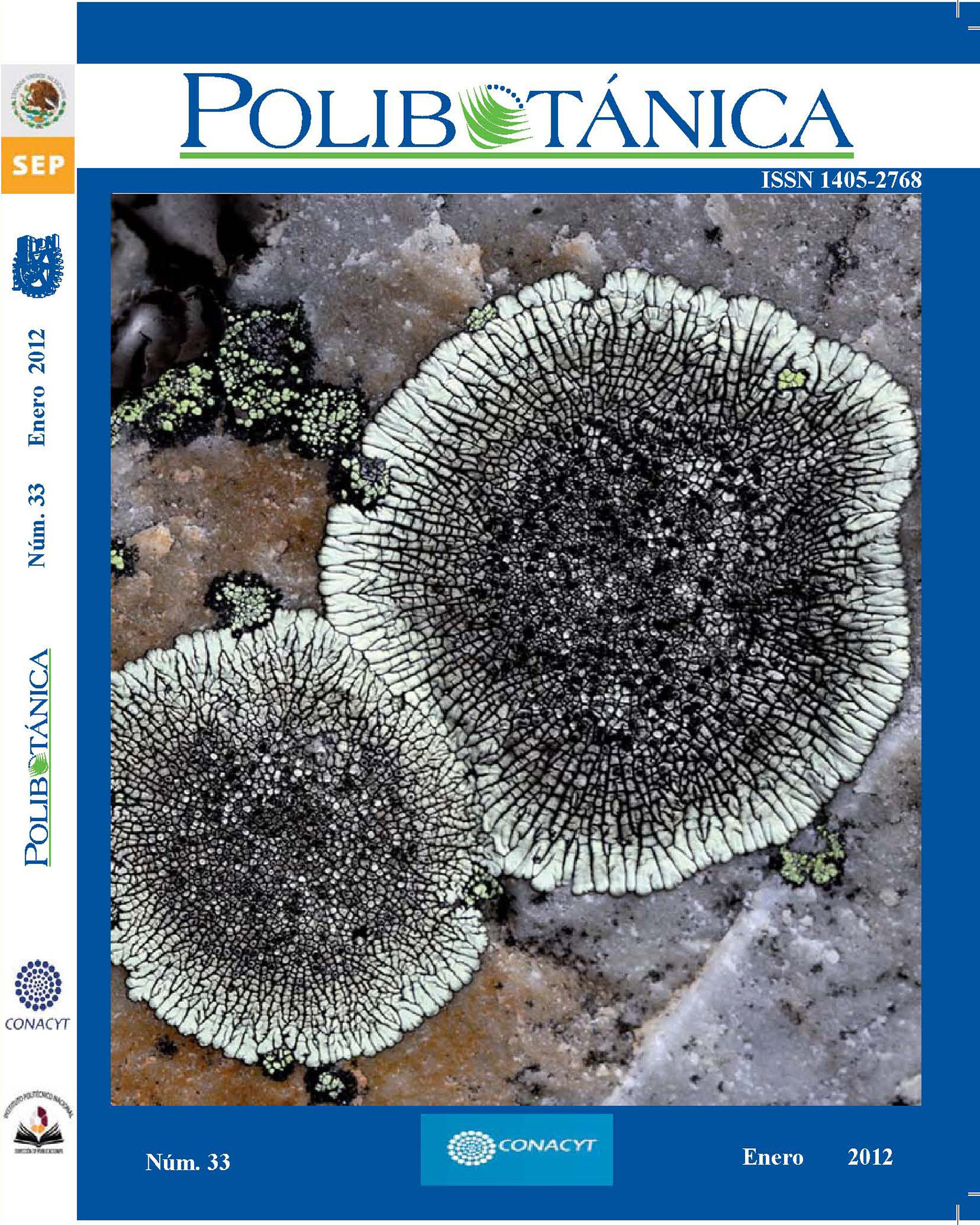MORFOLOGÍA Y ANATOMÍA DE RADÍCULAS MÚLTIPLES EN PLÁNTULAS DE MAÍZ DERIVADAS DE CARIOPSIS CON POLIEMBRIONÍA
Abstract
Results related to maize seedlings anatomy
and morphology as well as multiple
seedlings and radicles per germinated
seed are presented. Three populations and
their six possible hybrids were used. Two
populations are highly polyembryonic (PE)
meanwhile the third represents a normal
maize type (Non-Polyembryonic). 24
seeds from each genotype were induced
to germination. The seedling’s anatomy
and morphology was studied in three
days old seedlings, but the phenotypes
and quantification of polyembryony and
multiple radicles were done in contemporary
seedlings of 10 days of age. Six anatomical
variables, valued through longitudinal
and transversal histological cuts, were
evaluated; also, the multiple radicles
and polyembryony proportions were
determined. Results indicated that the PE
and multiple radicles phenomena were
only present in progenies of polyembryonic
populations and their respective hybrids.
There were cases where polyembryony
and multiple radicles were simultaneous
in the same seedling; these radicles varied
in number and conformation, i.e. cases of
two to four seedlings which can be fully
separated or sharing some anatomical parts,
including the vascular cylinder. The average
frequencies for PE and multiple radicles
were 62 and 14% respectively. The better
values for anatomical and morphological
characteristics were shown by some hybrids
among the PE x No-PE genotypes; this
could mean a positive heterosis which could
be agronomically useful in handling them
with other germplasm sources.
Downloads
Published
Issue
Section
License

Polibotánica by Departamento de Botánica de la Escuela Nacional de Ciencias Biológicas del Instituto Politécnico Nacional se distribuye bajo una Licencia Creative Commons Atribución-NoComercial-CompartirIgual 4.0 Internacional.




















